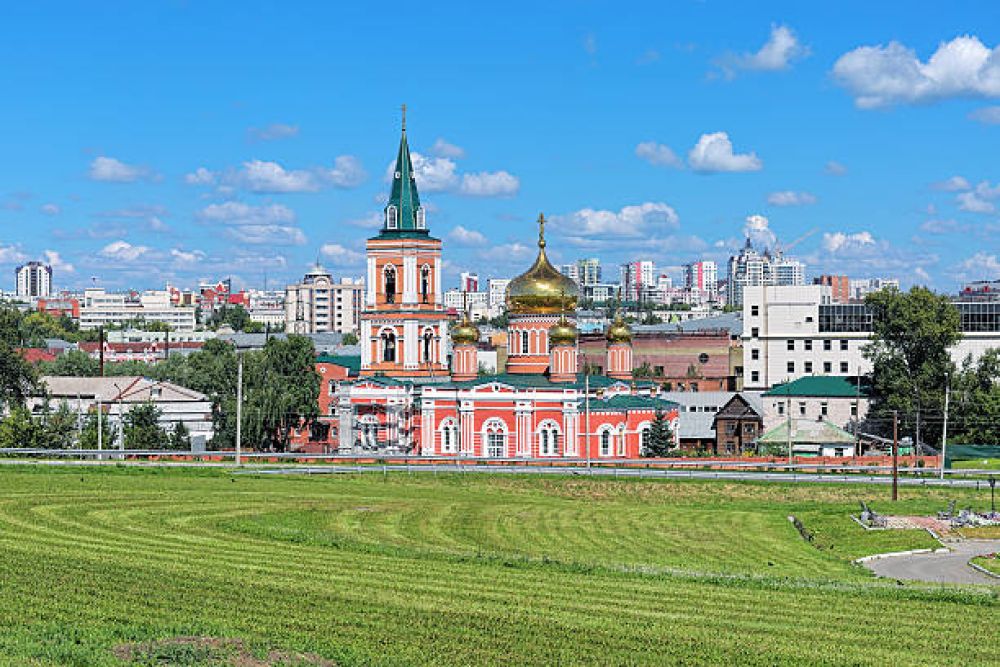

The Znamensky Monastery in Irkutsk stands as one of the most significant historical and religious sites in Siberia. Founded in the late 17th century, the monastery has played a pivotal role in the spiritual life of the region while also facing tumultuous events throughout Russian history.
The monastery started off as a small wooden church in 1689, dedicated to the icon of the Mother of God "Sign" (Znamenie). It gained prominence with the increase in local devotion and as a result, attracted more visitors and pilgrims. By the mid-18th century, a new stone church was constructed to accommodate the growing number of worshippers. The complex expanded over time, adding more buildings like the bell tower and the monastery walls.
However, the rise of the Soviet Union brought a period of decline for religious institutions across the nation. The Znamensky Monastery was no exception. In the 1930s, it was closed down, and its buildings were repurposed; much of the monastery's religious art was destroyed or lost. During this time, tourism to the site was practically non-existent, as it was not promoted or considered important by the Soviet authorities.
With the fall of the Soviet Union and the revival of the Russian Orthodox Church, the Znamensky Monastery underwent restoration. It was returned to the church in 1994 and has since been renewed as a place of worship. This rebirth has sparked a resurgence in tourism. The monastery's rich history, coupled with its stunning architecture and the spiritual significance, has become a compelling draw for both domestic and international tourists.
In recent years, religious and cultural tourism trends in Russia have shown an increase in visitors seeking authentic experiences, heritage sites, and spiritual enlightenment. The Znamensky Monastery caters to these interests by providing a glimpse into traditional Russian ecclesiastical architecture, iconography, and Orthodox practices.
Eco-friendly and responsible tourism is also becoming increasingly important among travelers. In response, the local tourism infrastructure is gradually adapting to these trends, promoting conservation efforts and sustainable tourist activities around Irkutsk and the nearby Lake Baikal region.
In summary, the Znamensky Monastery's tourism history reflects a journey from a local religious site to a period of neglect, and then onto a revival and recognition as a historical landmark. The current trend is a growing appreciation for the cultural and spiritual heritage of such places, satisfying both the curiosity and the spiritual needs of modern travelers.